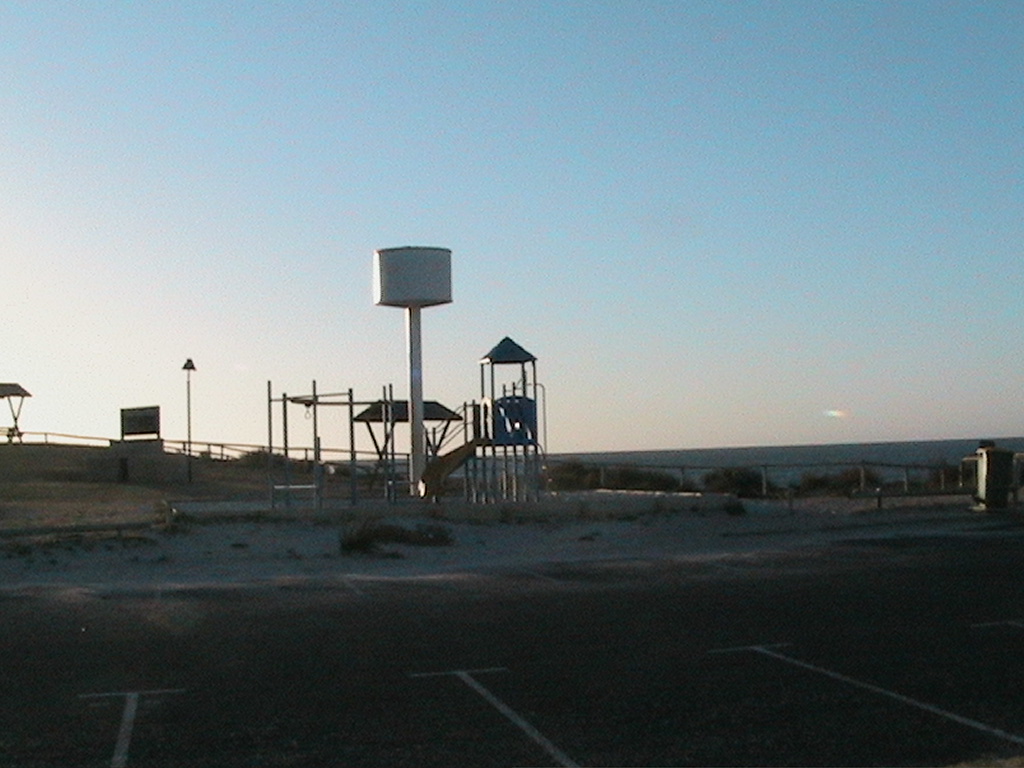The Debate Surrounding 4WD Restrictions on Beaches and National Parks
In recent years, there has been a growing discourse around the increasing restrictions on four-wheel drive (4WD) vehicles in coastal areas and expansive national parks. The reasons for these measures predominantly revolve around the environmental impact that such vehicles have had on these pristine locations.
On a number of beaches and within significant national parks, authorities have noted alarming levels of ecosystem degradation directly linked to 4WD activities. The rise in popularity of these vehicles has not translated into a positive relationship with nature; rather, it’s often accompanied by unsettling amounts of litter, erosion, and overall damage to the landscape.
Local councils have raised concerns that the environmental footprint left by 4WDs is detrimental not only to the ecosystems but also poses risks to wildlife. Tragically, reports have surfaced of vehicles causing harm or even fatalities to animals in the vicinity of beaches, highlighting an urgent need for change.
This situation prompts a critical question: should there be stricter regulations governing the use of four-by-fours in these sensitive environments? Options such as implementing complete bans or establishing limits on the number of vehicles allowed access could be effective measures to preserve the beauty and integrity of our natural spaces.
What do you think? Are you in favor of a complete ban on 4WDs in these areas, or do you believe a controlled access approach would be more appropriate? Join the conversation and share your thoughts on balancing recreation with environmental stewardship.



